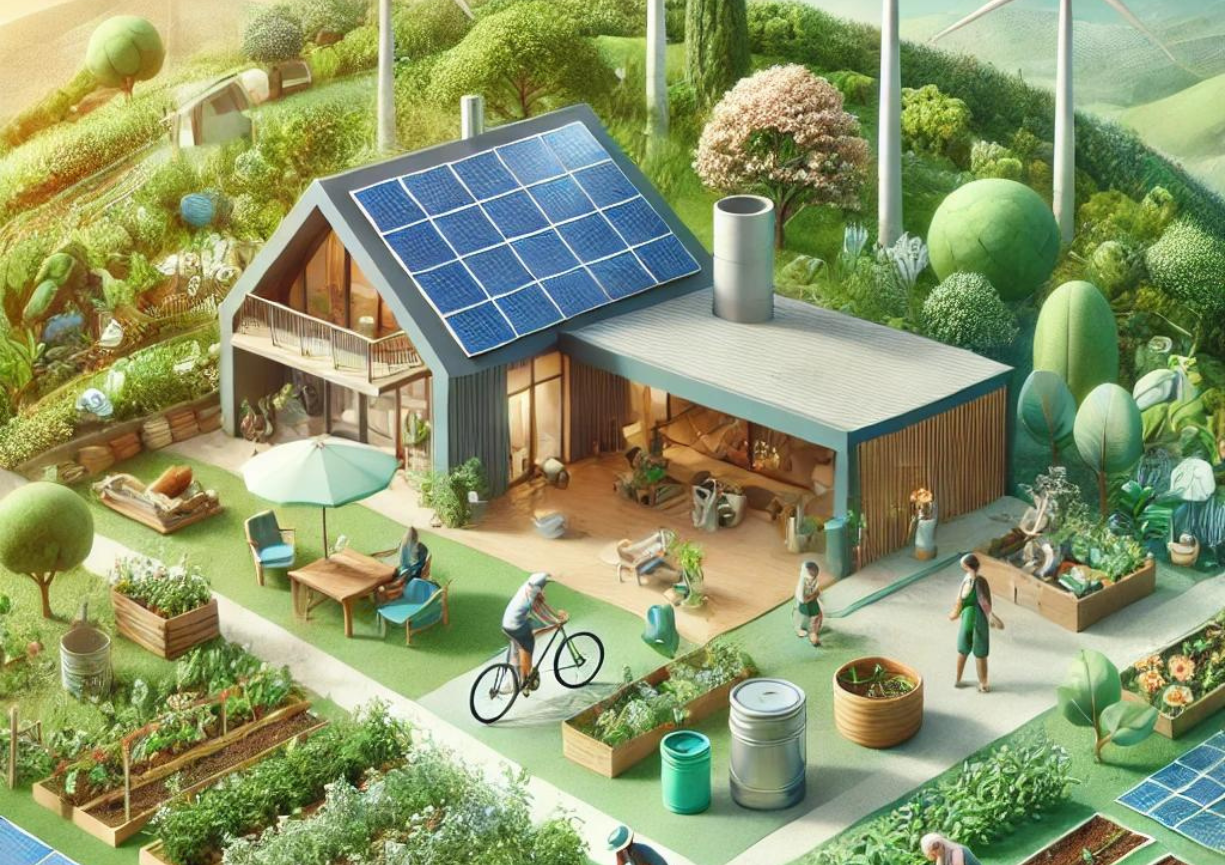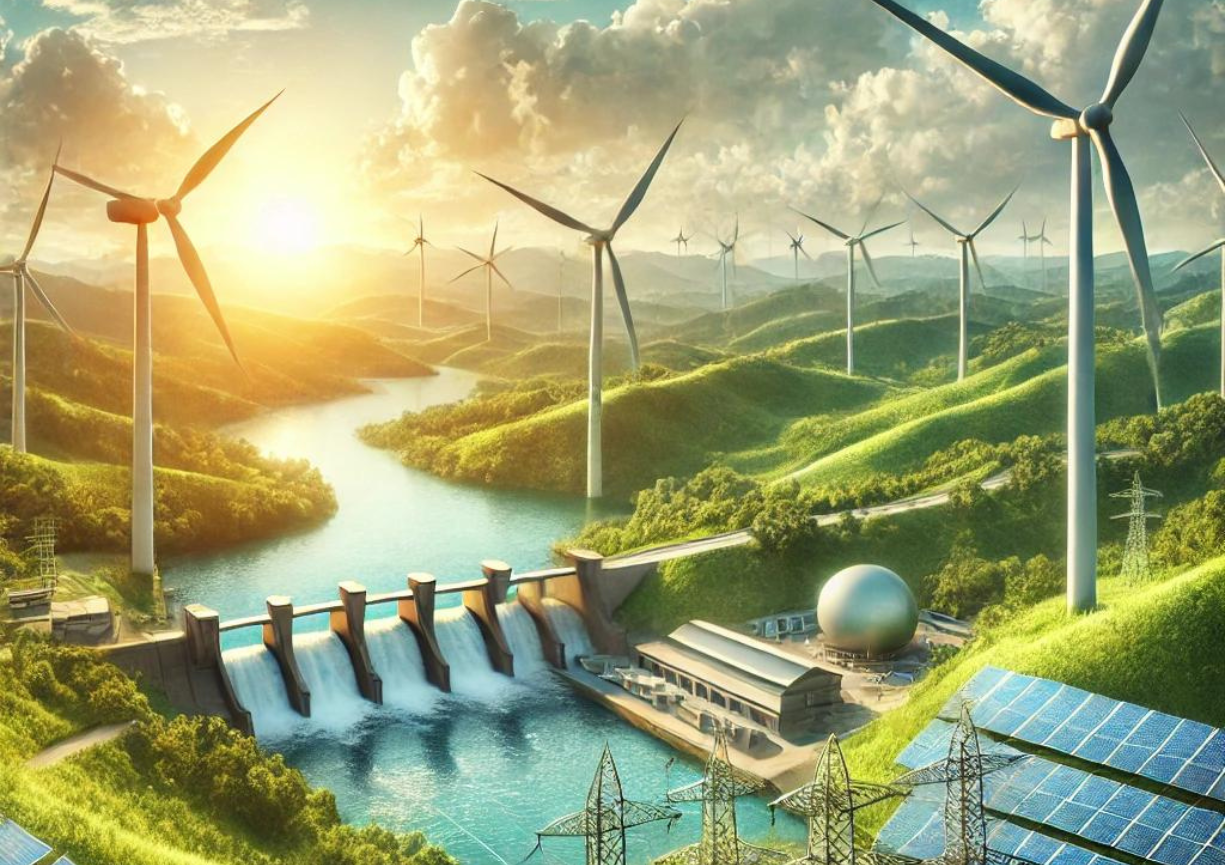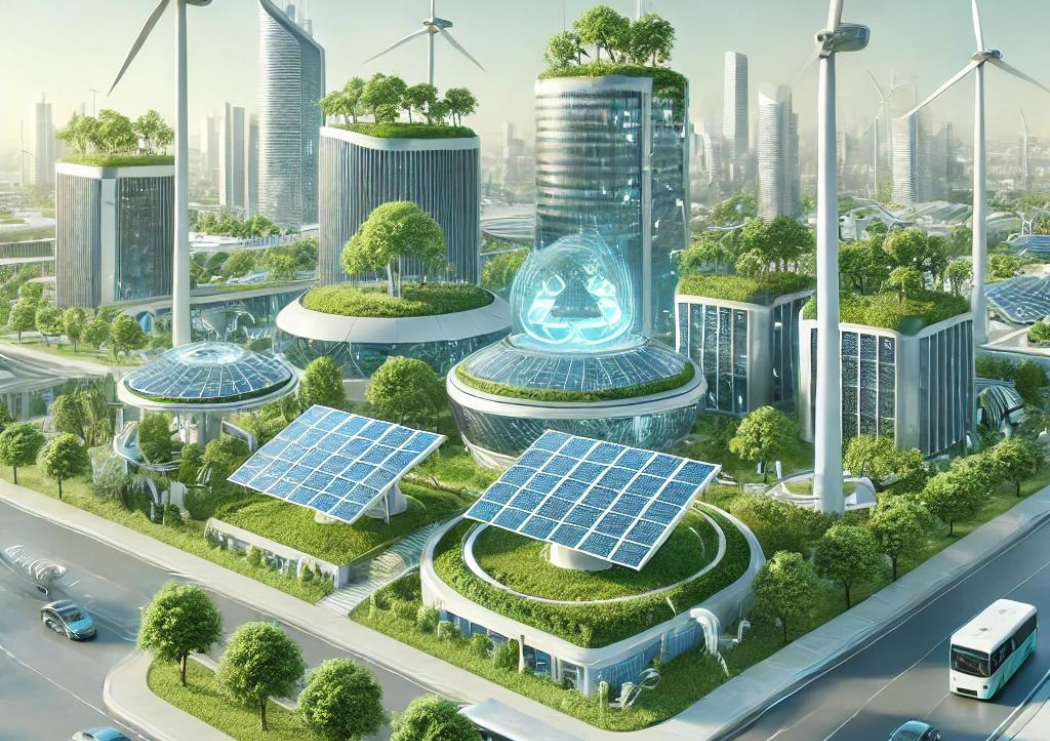Zero Energy Home Guide
Toward a Zero Energy Home: A Complete Guide to Energy Self-Sufficiency

With rising energy costs and growing environmental concerns, many homeowners are looking for ways to reduce their energy consumption and transition toward a zero energy home. A zero energy home generates as much energy as it consumes, resulting in little to no utility bills and a significantly smaller carbon footprint. This guide will explore the practical steps toward creating an energy self-sufficient home.
What is a Zero Energy Home?
A zero energy home, also known as a net-zero home, is designed to maximize energy efficiency while generating its own renewable energy. These homes use technologies like solar panels, energy-efficient appliances, and smart home systems to reduce energy consumption, often producing excess energy that can be stored or sent back to the grid.
Key Steps Toward a Zero Energy Home
1. Improve Insulation and Sealing
Improving insulation and sealing gaps in walls, windows, doors, and roofs is the first step toward energy efficiency. Proper insulation reduces heating and cooling costs by maintaining a consistent indoor temperature, which minimizes energy usage.
2. Switch to Energy-Efficient Appliances
Replacing old, energy-hungry appliances with modern, energy-efficient ones is critical. Look for appliances with the Energy Star label, as these consume significantly less energy compared to traditional models.
3. Install Solar Panels
Solar power is one of the most effective ways to generate renewable energy at home. Installing solar panels on your roof allows you to produce clean electricity, which can power your home and potentially provide surplus energy to store or sell back to the grid.
4. Opt for LED Lighting
Switching from incandescent bulbs to LED lighting is an easy and affordable way to save energy. LED bulbs use up to 80% less energy and last much longer, reducing both electricity usage and replacement costs.
5. Utilize Smart Home Technology
Smart thermostats, lighting systems, and energy monitors can help manage and reduce energy consumption. These systems allow you to control the heating, cooling, and lighting of your home remotely, ensuring you only use energy when necessary.
6. Invest in Energy-Efficient Windows and Doors
Upgrading to double or triple-pane windows and energy-efficient doors helps prevent heat loss in the winter and keeps the home cooler in the summer. This reduces the demand on heating and cooling systems, leading to lower energy consumption.
7. Adopt Sustainable Heating and Cooling Solutions
Consider installing a heat pump or geothermal heating system to regulate indoor temperatures more sustainably. These systems are energy-efficient alternatives to traditional HVAC systems, providing heating in the winter and cooling in the summer without excessive energy use.
Benefits of a Zero Energy Home
1. Lower Utility Bills
By reducing energy consumption and generating your own power, you’ll significantly cut down on or even eliminate utility bills.
2. Environmental Impact
A zero energy home reduces your carbon footprint by using renewable energy sources and efficient appliances, helping mitigate the effects of climate change.
3. Increased Home Value
Energy-efficient homes are becoming more desirable in the real estate market. A zero energy home can increase property value and appeal to eco-conscious buyers.
4. Energy Independence
By generating your own power, you become less reliant on the grid, offering more protection against rising energy costs and power outages.
Challenges of Achieving Zero Energy
1. Upfront Costs
Investing in solar panels, energy-efficient appliances, and home upgrades can require significant upfront costs. However, these investments pay off over time through reduced utility bills and incentives like tax rebates.
2. Energy Storage
While generating your own energy is efficient, energy storage systems (like batteries) are necessary for homes that want to go fully off-grid, which can increase costs.
3. Regional Variations
Not all renewable energy solutions work equally well in every location. Solar panels, for instance, may be less effective in areas with low sunlight, making it crucial to evaluate the best options for your region.
Conclusion
Achieving a zero energy home is an attainable goal for homeowners looking to reduce energy consumption and embrace sustainability. By making energy-efficient upgrades, adopting renewable energy sources, and leveraging smart technologies, you can transform your home into an energy self-sufficient, eco-friendly haven. The upfront investment may be significant, but the long-term savings, environmental benefits, and increased home value make it a worthwhile pursuit toward a greener future.






Leave a comment